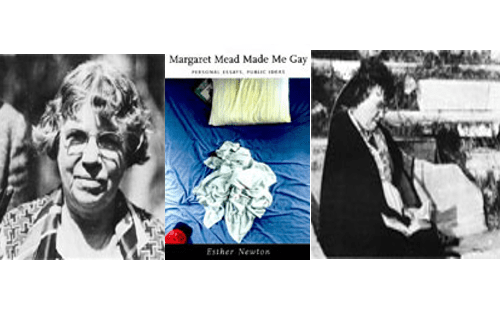Conclusion
As these narratives make clear, families have the burden of mediating kinship with a difference. While the story of a Bar Mitzvah might seem far from the concerns of reproduction, Praying With Lior, along with many other media we have been studying, starts with the story of Lior’s birth and diagnosis and the family’s emergence from “the trauma of dashed expectations.” 1 We argue that work on the politics of reproduction ignores this broader view at its peril; if we only focus on the immediate world surrounding assistive reproductive technologies, we are at risk of missing some of the fundamental ways in which issues of reproductive justice reverberate over the life course and through family systems, communities, and broader polities. Exploring the cultural consequences of the birth of children of disabilities has forced us to rethink the parameters of the niche of reproduction.
Unlike more overtly stratified relations of difference emerging out of the ordinary risks of reproduction, children with disabilities are largely unanticipated, and distributed across all kinship and class formations. Two generations ago, many such children would not have survived early infancy, while others might well have been institutionalized; some would have been barred from mainstream education because of prejudice, inaccessible schools, and rigid curricular approaches. In the contemporary United States, the integration of such children into their families, communities, and schools is central to the confluence of factors we are studying. These, in turn, now produce populations that demand and create a new social landscape on which the perceived “cultural epidemic in learning disabilities” is becoming visible. We cannot account for an important and democratic impulse toward inclusion and belonging of those with “All Kinds of Minds” 2 until the work of cultural activists—ranging from irate but resourceful family members to celebrity painters, from religious schools to bureaucracy-busting lawyers, from lab-based neuron-scientists to glamorous fashion designers (to name just a few of the many we have encountered)—is taken into account. These and other similar projects across many social domains are transforming a cultural—and especially a media—landscape, insisting that difference not be marginalized, making real-time claims on the inclusion of disability into the human community. Clearly, we need to get beyond the doors of hospital and clinics to truly understand the politics of reproduction in the contemporary.
Listen using the player above or visit BCRW on iTunes to download or subscribe to BCRW’s podcasts.
Marginality and Exclusivity in ART Practices – Podcast Description
David Eng, Rayna Rapp, Faye Ginsburg and Michele Goodwin discuss “Marginality and Exclusivity in ART Practices” in this panel discussion moderated by Lesley Sharp. Increased demand for assisted reproductive technology (ART) and transnational adoption has been propelled by a number of factors, including the development of new technologies and changes in familial form – such as childrearing in second or third marriages; lesbian, gay, and transgendered families; and delays in childbearing and subsequent difficulties in conception – that make ART helpful. Other relevant factors include environmental changes that have negatively affected fertility levels, new levels of transnational migration and interaction that have fueled awareness of babies available for and in need of adoption, and concerns about genetic diseases and disabilities. Effectively, the various imperatives and the desires, both cultural and personal, that the use of ART fosters and responds to, have created a “baby business” that is largely unregulated and that raises a number of important social and ethical questions. Do these new technologies place women and children at risk? How should we respond ethically to the ability of these technologies to test for genetic illnesses? And how can we ensure that marginalized individuals, for example, people with disabilities, women of color, and low-income women, have equal access to these new technologies and adoption practices? And, similarly, how do we ensure that transnational surrogacy and adoption practices are not exploitative? These questions and many others on the global social, economic and political repercussions of these new forms of reproduction were the focus of this year’s Scholar and Feminist Conference, “The Politics of Reproduction: New Technologies of Life,” which took place on February 28, 2009 at Barnard College.
- Gail Landsman, “Reconstructing Motherhood and Disability in the Age of ‘Perfect’ Babies: Mothers of Infants and Toddlers with Disabilities”, Signs 24.1 (1998): 76.[↑]
- Mel Levine, All Kinds of Minds: A Young Student’s Book About Learning Abilities and Learning Disorders (Cambridge, MA.: Educators Publishing Service, 1992).[↑]



